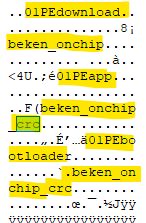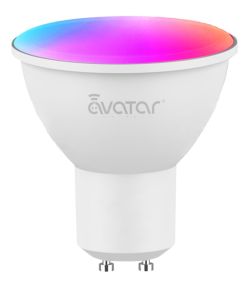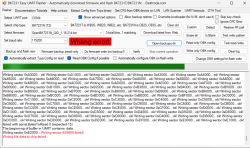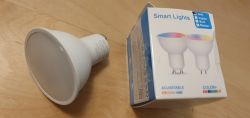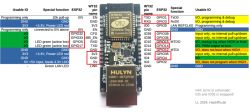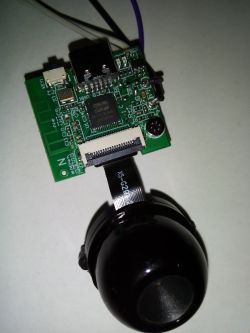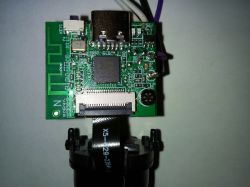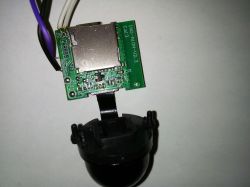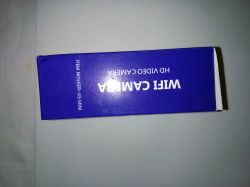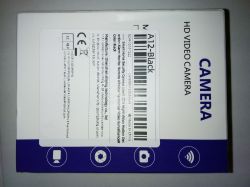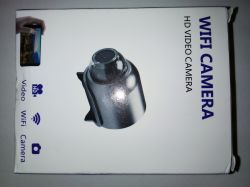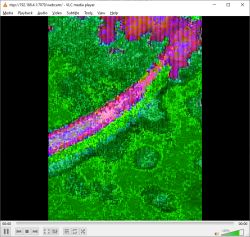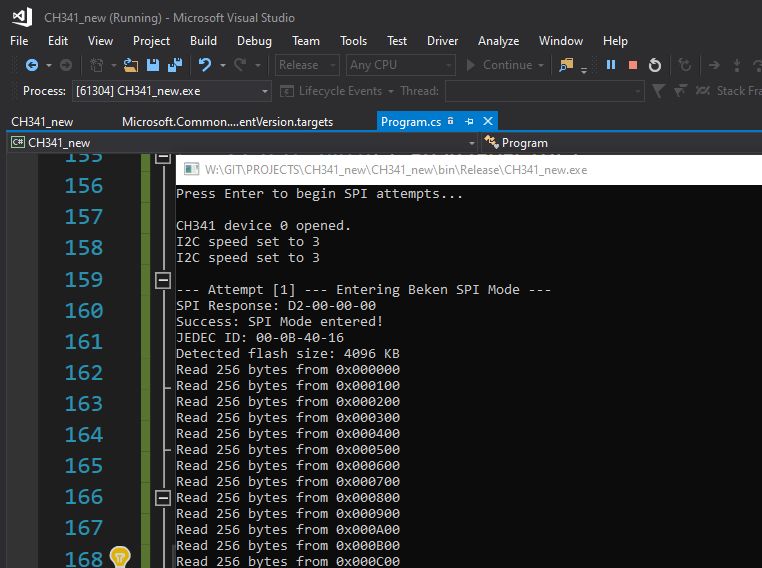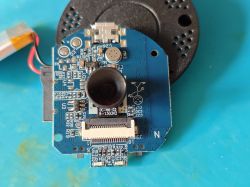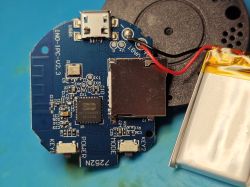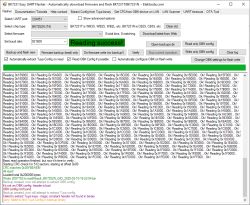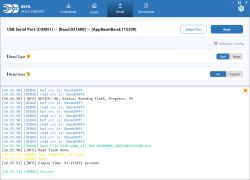There's a gzipped json file in application partition:
{"base":{"protocol":"pprpc","encode":1,"encrypt":3,"sec_code":0,"hb_interval":0,"offline_cmd":1,"offlime_interval":10,"led":0,"battery":1,"send_mode":0,"apsec":0,"events":[9,12,255],"tamper":0,"sync_name":0,"threshold":0,"file_forwarding":1,"reboot_time":60,"multi_rom":0,"multi_rom_names":[],"sleep_recv":0,"contact":0,"var_chan":0,"pbs_len":256,"multi_msg":0,"unbind":1,"only_matter":0,"time_task":0,"datacid":[],"spu_type":[],"notify_add":0,"dp":0},"mconf":[{"class_code":"IPAV","conf":{"spec":1,"audio":2,"mic":1,"speaker":0,"siren":0,"light":0,"pixel":[2,1,3],"pixel_local":[0],"sdcard":1,"aspect_ratio":"4:3","motionzones":1,"ptz":0,"face":0,"clouds":2,"can_buy":0,"zoom":1,"ai_vendor":0,"pir":{"num":0,"ranging":0,"values":[0,1,2,3]},"num":0,"flip":1,"app_rotate":0,"view_rec":0,"osd":2,"psp":0,"cruise":0,"sound_detect":0,"audio_codec":0,"video_codec":0,"gps":1,"local_httpdown":1,"remote_action":0,"night_light":0,"vqos":[],"record_mode":0,"link":1,"power_freq":[0,50,60],"low_power_state":0,"ircut_level":1,"auto_close":1,"ap":2,"video":0,"ring_expired":0,"motion_grid_scale":"4:3","render":1,"chans":1,"dec_mix":1}}],"support_cmds":[{"class_code":"PUBLIC","cmds":[60]},{"class_code":"IPAV","cmds":[2600,2601,2602,2603,2610,2611,2612,2613,2614,2615,2616,2617,2625,2626,2627,2628,2630,2631,2632,2635,2636,2639,2640,2647,2648,2649,2650,2661,2662,2663,2664,2685,2780,551,573,574,575,576,587,577,578,582,584,585,579,580,581,586,590,560]}]}
It seems more like descriptive of device characteristics but I'm wondering if modifying "local_httpdown" or "video" variables something good could happen...
Anybody dealt with anything similar?
Added after 3 [hours] 39 [minutes]:Last two lines must be RPC commands. 2610 is VideoPlay.
All happens through TCP port 20190. Sniffed traffic... hope I can catch a magic packet.
Added after 34 [minutes]:Traffic must be encrypted 🤬
I don't even know protocol...

I know it's an mpeg stream. In your experience those devices use HTTP, RTP or some raw proprietary protocol?
